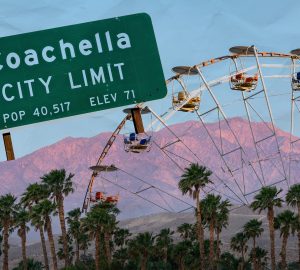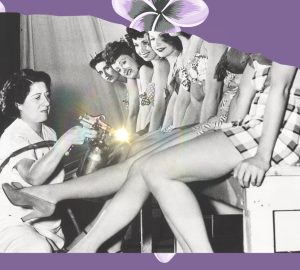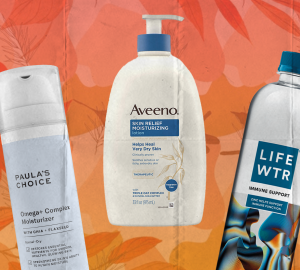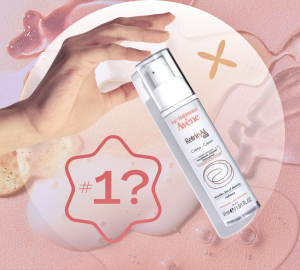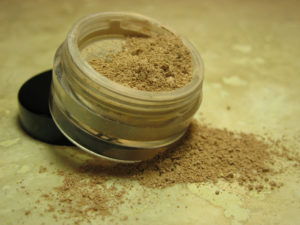
Searching the aisles of Sephora, Ulta or your local drugstore can be a daunting task for many of society’s marginalized beauty customers such as women of color and men. Even finding your favorite color in a lipstick can be hard when beauty brands don’t view it as a marketable color. With entrepreneur Grace Choi’s 3-D makeup printer, Mink, now you can create those colors. From lipstick to eyeliner, eyeshadows to blush and even nail polish, the Mink makeup printer can do it all.
To start off, Mink has an app that one can use to sample the color from any image the user choses. Then the printer uses a cosmetic grade ink to saturate the basic powders or lip bases that come with the printer, although it look like you can buy more bases on the website. To see the printer in action, watch the video here.
When asked about her thoughts on the Mink printer, third year fashion marketing student Kiki McCalla said; “ It’ll be great for people who love makeup. The printer is $300 right? So that’s 11 M.A.C. foundations (priced at $27) or 42 lipsticks (priced at $7). For me, it’s not worth it because as amazing as having an unlimited color range of makeup at my fingertips I pretty much wear the same everyday, neutral look. And there are plenty of women who are the same way. So really I think it’s great for people who are makeup artists or just have an obsession with makeup.”
Illustration student Barbara McCarthy also had lots to say about the printer; “So, I have a few opinions. Coming from someone who not only freelances as a makeup artist but also has been working in retail cosmetics for two years, I can see some pros and cons to this. First of all, they say nothing about quality. it’s a really cool idea to be able to recreate any color you want, but I’m not going to pay $300 for a machine that’s only going spit out mediocre pigmented eyeshadows. Next, this could be extremely innovative and useful for freelance mua’s, especially if they get the foundation part complete. the options of matching your foundation to your model would be endless. but the question of quality comes back to play. I personally own an extensive amount of make up, both for my personal use and for my freelance kit. not everything expensive is of great quality and not everything that’s cheap is horrible. so my collection revolves around quality. I would add this machine to my collection only if it kept up with the quality of products that I already use. That and their concept of creating jobs from home is a little skewed. Not everyone is a makeup artist and a machine that spits out colors isn’t going to make you one. People come to my store for the experience and the skill. They also come to learn. A printer will not replace human interaction. That and say majority of young woman who purchase this product decide they do want to do make up out of home and it’s widely successful. What about the people who already work in cosmetic stores? Would it affect our jobs? Would our jobs start to become in less demand? Like I said, I feel like there are some major pros and cons. I think it’s an interesting concept that has some major potential.”
Mink is set to retail for between $200 – $300 and is set to be marketed towards the younger generation who Choi says are the most open to experimenting with makeup.
















